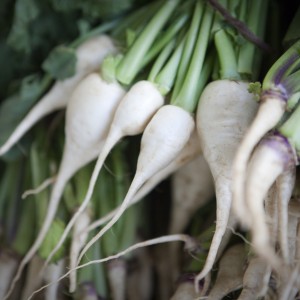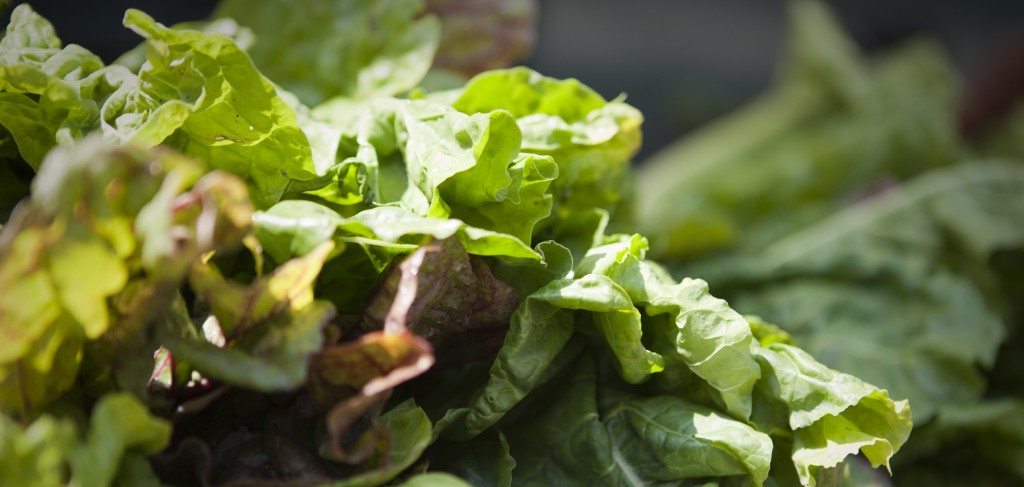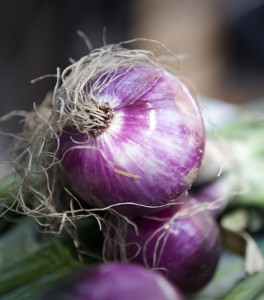Celestial Gardening
Posted in Gardening Tips on May 1 2012, by Sonia Uyterhoeven
 There are many scientific textbooks around that will tell you all you ever cared to know about soil analysis, plant physiology, and propagation techniques. These tomes all have their place if you have the endurance to plow through them chapter by chapter.
There are many scientific textbooks around that will tell you all you ever cared to know about soil analysis, plant physiology, and propagation techniques. These tomes all have their place if you have the endurance to plow through them chapter by chapter.
If we are to conjecture what an antipodean approach would look like, then perhaps gardening to lunar cycles would fall at the opposite end of the spectrum from scientific research. The reality of the situation is that information, from whatever quadrants of learning it stems from, is just information–it all tends to intersect at some level. I find all types of knowledge useful. Ultimately, it is about cultivating your own gardening philosophy.
Today I am going to speak about lunar gardening and explore the gardening techniques behind this philosophy. The moon has four phases that last about seven days each. The first two phases are about increasing light (the moon is waxing) and the last two phases are about decreasing light (the moon is waning).
This cycle is connected to gravitational pull. When the sun and the moon are lined up with the earth during the new moon and the full moon, the gravitational pull is the highest. This influences not only the tides but the moisture level in the ground. Lunar gardening lore explains how to maximize growth by working in tandem with the light of the moon and the gravitational field.
During the time of a new moon the light level is increasing and the moisture level is rising up to the surface of the earth. It is an ideal time to plant your seeds since they will swell quickly and germinate. The philosophy states that this is a time of balanced root and leaf growth. You should plant crops such as lettuce, spinach, broccoli, cauliflower and cabbage. The second phase is characterized by high light and a lessening of the gravitational pull. This is thought to encourage leaf growth. This is still a good time to plant seeds, particularly your fruiting vegetables such as tomatoes, peppers, squash and also your beans.

After the full moon the light levels start to wane, but moisture levels are still good since the gravitational pull is high. Energy is channeled into the roots. This is the time to plant your carrots, beets, radishes, onions and potatoes. This is also the time for transplanting annuals and perennials where the attention needs to initially be on root growth. The fourth phase with the decrease in gravitational pull and light is a resting phase.
The process gets much more complicated when you add the zodiac signs in which many lunar gardening calendars do. The twelve zodiac signs correspond to the four elements: fire, water, air and earth (three signs per element). However ancient, the elements are intended to correspond to a part of the plant: earth to root, water to leaf growth, air to flowers, and fire to seed production. A sophisticated version of these beliefs is found in the study of biodynamic methods as laid out by Rudolf Steiner.
 So where are we now on this process of exploration? Well, if we follow this belief to the letter then root crops should be planted when the moon is waning under the signs of Taurus, Virgo and Capricorn. Leaf crops should go in immediately after the new moon under the signs Pisces, Cancer, Scorpio, and so on. As many of you can imagine, since we garden in different climates and are dependent on temperature and other seasonal factors, this philosophy is only meant to establish guidelines.
So where are we now on this process of exploration? Well, if we follow this belief to the letter then root crops should be planted when the moon is waning under the signs of Taurus, Virgo and Capricorn. Leaf crops should go in immediately after the new moon under the signs Pisces, Cancer, Scorpio, and so on. As many of you can imagine, since we garden in different climates and are dependent on temperature and other seasonal factors, this philosophy is only meant to establish guidelines.
It is, however, a good reminder that our job is to work with nature rather than against it. I am particularly interested in the idea of taking some time out of my busy schedule to stop and stare at the starry heavens. In March, I spent several pleasant evenings going for strolls around The Big Apple, admiring the conjunction of Venus and Jupiter. Next time I am getting ready to sow seeds, I will take a look at the moon to see how my light and moisture levels are doing and to see if it’s a good time to be putting my energy into establishing root vegetables or leafy and fruity vegetables for my table.

